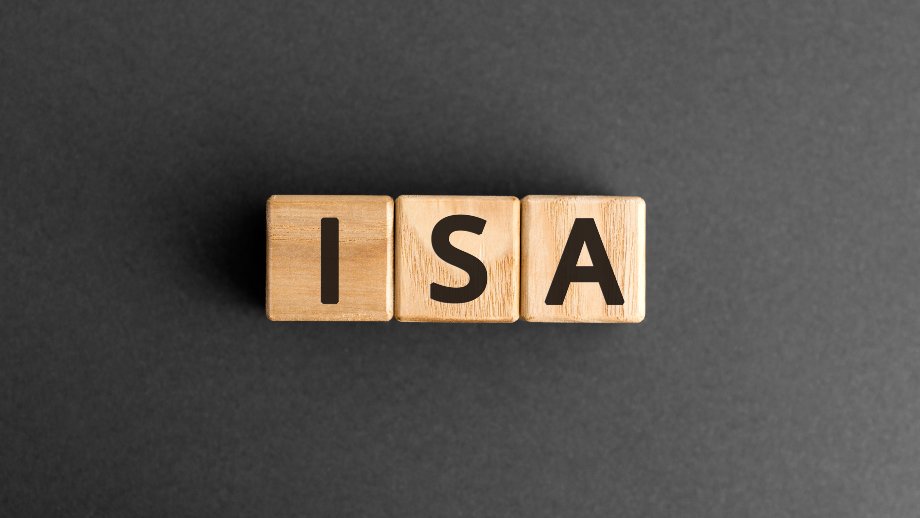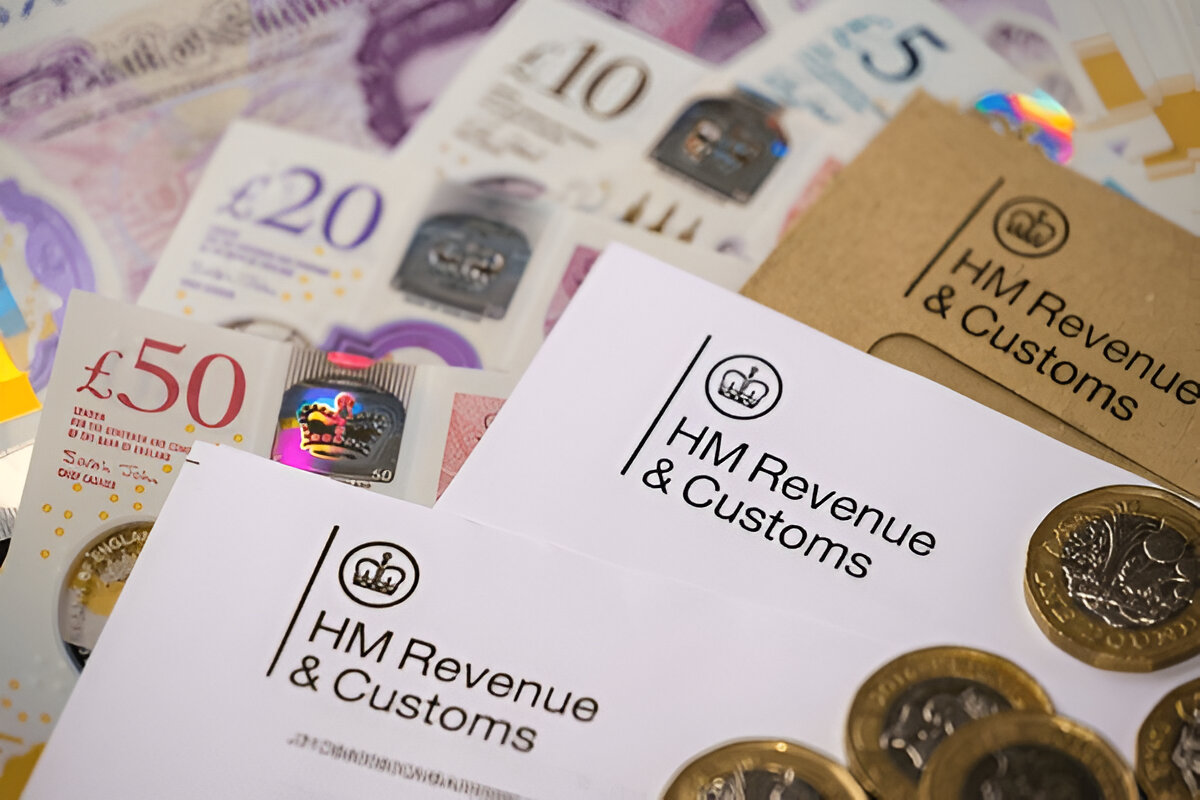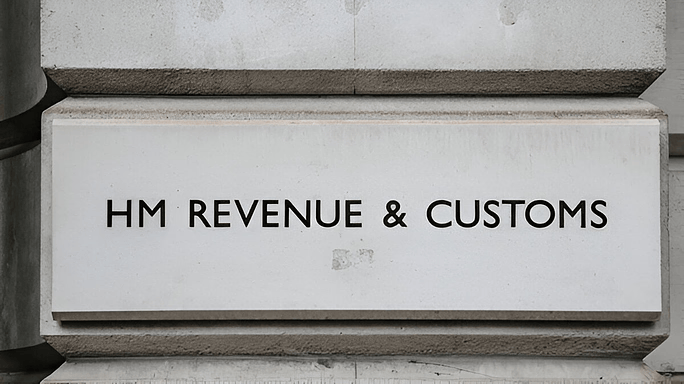
What is an ISA?
Ever wondered how you can invest your money smartly while keeping more of it in your pocket? ISAs (Individual Savings Accounts) are a popular tool for those looking to grow their savings or investments with valuable tax benefits. But what exactly makes an Individual Savings Account such a powerful financial choice? In this blog post, we’ll break down everything you need to know about Individual Savings Accounts, from their key features to the different types available. This guide will help you decide if they’re the right fit for your financial goals.
Understanding Individual Savings Accounts Individual Savings Account
An ISA, short for ‘Individual Savings Account,’ lets you save money or invest without paying tax on the returns.
ISAs are available through various providers, including banks, building societies, insurers, asset managers, and National Savings and Investments (NS&I).
Types of ISAs
There are five main types of adult ISAs, each offering the benefit of tax-free savings or investments. However, beyond this shared advantage, their features and purposes differ significantly.
Cash ISA
This Isa is a savings account that is completely tax-free, and it works just like a traditional savings account but with some key distinctions. While you can earn interest without paying tax, there are annual limits on how much you can deposit.
There are 3 main types of Cash ISAs:
- Instant Access Cash ISA: These accounts let you deposit and withdraw money freely, though some may have withdrawal restrictions. They typically offer variable interest rates.
- Regular Savings Cash ISA: Designed for consistent savers, these accounts usually require monthly deposits to earn a fixed interest rate. You can save up to £1,666 monthly and still stay within the £20,000 annual limit.
- Fixed-Rate Cash ISA: These accounts lock your money for a fixed period, rewarding you with a set interest rate. Longer terms generally offer higher interest rates.
Annual Contribution Limits
For the 2024-25 tax year, you can contribute up to £20,000 to a Cash ISA. This annual allowance has remained unchanged since 2023-24.
How Do Cash ISAs Work?
Previously, savers were restricted to opening and paying into only one Cash ISA per tax year. However, as of April 2024, you can now contribute to multiple Cash ISAs of the same type within a single year.
Who Can Open a Cash ISA?
Any UK resident aged 18 or older is eligible to open a Cash ISA. This makes it a flexible option for adults looking to save or invest tax-free.
Stocks and Shares ISA
This is a tax-efficient investment account. It lets you invest in various assets, such as shares, bonds, and funds, with any income or capital gains protected from tax.
Annual Contribution Limits
For the 2024-25 tax year, you can put up to £20,000 into a Stocks & Shares ISA. This limit remains unchanged from the 2023-24 tax year.
How Does It Work?
When opening a Stocks and Shares Individual savings account, you have two primary options:
- Managed Accounts: The provider handles your investments for you in exchange for a management fee.
- Self-Directed Accounts: You choose your investments yourself, but providers typically charge fees for account maintenance and transactions.
It’s super important to check your risk tolerance when selecting investments. Unlike a savings account, the investment values may fluctuate, and there’s a chance you could receive less than you initially invested.

Who Can Open a Stocks & Shares ISA?
Any UK resident aged 18 or older is eligible to open a Stocks & Shares ISA. This makes it an accessible option for adults looking to grow their wealth tax-free.
Innovative Finance ISA
An Innovative Finance ISA, often referred to as an IFISA, is a type of ISA that allows you to invest in peer-to-peer loans. These loans connect investors directly with individuals, businesses, or property developers who need financing.
Annual Contribution Limits
You can contribute up to £20,000 to an Innovative Finance ISA in the 2024-25 tax year, the same limit as in 2023-24.
How Does It Work?
Innovative Finance ISAs operate by matching your investment funds with borrowers who may not qualify for traditional bank loans or prefer alternative funding methods. In return for lending your money, borrowers pay interest over the loan term.
Key considerations include:
- Interest Rates & Risk: Higher interest rates usually come with increased risk. Though you can expect higher returns from these Isas, there is no assurance or guarantee that you will recover 100% from your full investment.
- Borrower Types: Borrowers can be individuals, businesses, or property developers.
This ISA is ideal for those comfortable with higher risk and seeking potentially higher returns compared to traditional ISAs.
Who Can Open an Innovative Finance ISA?
Any UK resident aged 18 or older can open an Innovative Finance ISA, making it a flexible option for those interested in peer-to-peer lending.
Lifetime ISA
A government-supported savings plan designed to help people save for their first home or retirement. You can pick between a cash ISA or a stocks and shares ISA.
Annual Contribution Limits
You can put up to £4,000 annually, which counts towards your £20,000 ISA limit.
How does it work?
The government adds a 25% bonus on your savings, up to £1,000 per year. The bonus is paid directly into your Lifetime ISA account each month.
If the funds are used for retirement, you can only contribute until you’re 50, and withdrawals can only be made once you reach 60.
Who can open it?
Anyone aged 18-39. To use the funds for a property, you must be a first-time buyer.
Junior ISA
A savings account for individuals under 18, offering both cash and stock and shares options.
Annual Contribution Limits
You can deposit up to £9,000 annually. This does not affect your personal ISA allowance, as the account belongs to your child.
How does it work?
You can make contributions to a Junior ISA until your child turns 18. Once they reach 18, the account transforms into an adult ISA, and they will have full control of the funds saved.
Who can open it?
A Junior ISA can be opened and managed by legal guardians or parents on behalf of the children for whom they are responsible.

Help to Buy ISA (Closed to New Applicants)
A government-supported cash ISA designed to help first-time homebuyers save for a property. However, the scheme is no longer available for new applicants.
Annual Contribution Limits
In the first month of opening the account, you could deposit up to £1,200. After that, monthly deposits are capped at £200. This means you could save up to £3,400 in the first year and £2,400 in subsequent years. All contributions count towards your £20,000 ISA limit.
How does it work?
A 25% bonus is added to your savings by the government, with a maximum bonus of £3,000. This bonus is paid directly to your solicitor or conveyancer when you complete the purchase of your property.
Who can open it?
The Help to Buy ISA is no longer available to new applicants as of 30 November 2019. Existing account holders can continue saving and receive the benefits.
Mini and Maxi cash Isas, TOISAs and PEPs (Unavailable)
Mini and Maxi cash ISAs, TOISAs (TESSA-only ISAs), and PEPs (Personal Equity Plans) are no longer available. Mini and Maxi ISAs were originally cash or stocks and shares accounts, while TOISAs and PEPs were phased out in favor of ISAs in 1999 and reclassified in 2008

Differentiating Isas vs Savings Account
| Feature | Isas | Savings Accounts |
| Contribution Limit | Up to £20,000 per tax year (plus an additional £5,000 once the British ISA launches) | You can pay anything up to the account limit. |
| Tax benefits | Tax-free on all savings interest | Interest above your personal savings allowance is taxable |
| Interest Rates | Potential tax savings may outweigh interest | Interest rates tend to be higher for most terms |
| No. of Providers | Fewer providers with fewer products | Hundreds of products available |
| Investment Type | Cash, stocks and shares, peer-to-peer lending | All investments are in cash |
| Tax-free interest | All savings interest remains tax-free | Tax is applicable on interest above the personal savings allowance |
Maximise Your Savings Potential with ISAs and Cangaf Accountants’ Help
An Individual Savings Account is more than just a regular savings account—it’s a tool for smarter financial planning. Whether you’re saving money for your first home, creating long-term wealth, or planning for a secured future for your child, there’s an ISA to match your goals. By comprehending the different types and how they operate, you can make informed decisions to enhance your savings potential. Ready to take the first step toward a brighter financial future? Seek professional advice from reliable accountants in the UK at Cangaf Ltd.
FAQs
How does an ISA remain a tax-free plan?
An ISA is tax-free because the government doesn’t charge tax on the interest you earn or any gains you make. While the personal savings allowance introduced in 2016 means that for smaller savings, you may not see a huge difference, it still offers great benefits for those with larger savings or higher tax rates. If you have a stocks and shares ISA, you also won’t pay tax on dividends beyond the £500 annual allowance. So, even if your savings grow over time, you won’t have to worry about tax, making ISAs a smart long-term choice.
Will having an ISA impact my benefits?
Money in an ISA is considered savings, so it could affect your eligibility for benefits like Universal Credit. If you have more than £6,000 in savings, the government assumes you’re getting income from it, which could reduce your benefit payments. And if your savings hit £16,000 or more, you won’t be able to claim Universal Credit at all. With Lifetime ISAs, while the savings count against you, you might face penalties if you withdraw money for anything other than buying your first home or when you’re over 60.
Can I manage both my cash ISA and stocks and shares ISA savings with a single provider?
Some providers offer both cash ISAs and stocks and shares ISAs, but it’s often better to go with separate specialists for each. This way, you can get the best interest rates for your cash ISA with a bank or building society and invest in a stock and shares ISA through a platform like AJ Bell or Hargreaves Lansdown. If you have a large amount of cash you don’t plan to invest, it’s usually a good idea to move it into a dedicated cash ISA to make the most of the interest.
Individual Savings Accounts (ISAs): Overview: This page provides an overview of ISAs, detailing the different types available, the tax-free allowance, and guidelines on withdrawing and transferring ISAs.
Individual Savings Accounts (ISAs): How ISAs work: This section explains the mechanics of ISAs, including annual contribution limits and how funds can be allocated across different ISA types.
Lifetime ISA: This page focuses on the Lifetime ISA, designed to help individuals save for their first home or retirement, outlining eligibility criteria, contribution limits, and government bonuses.


